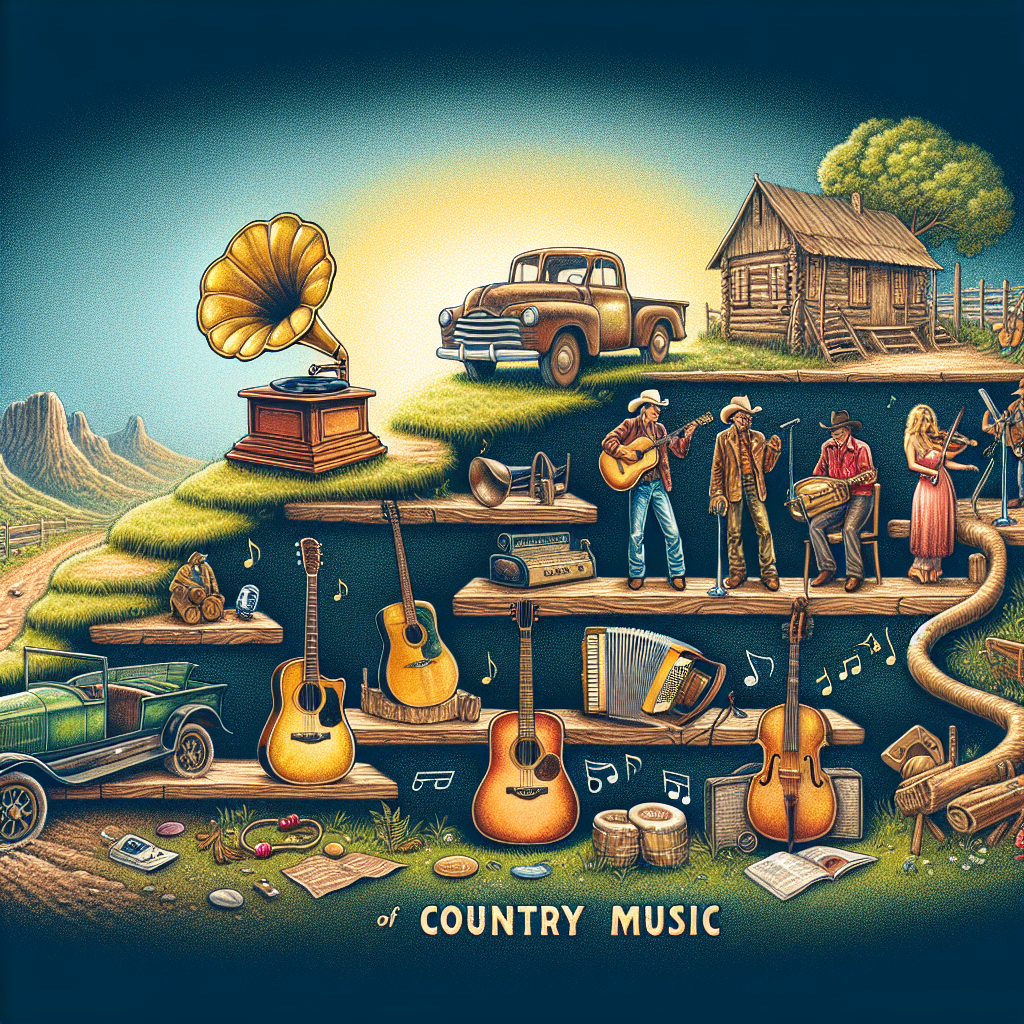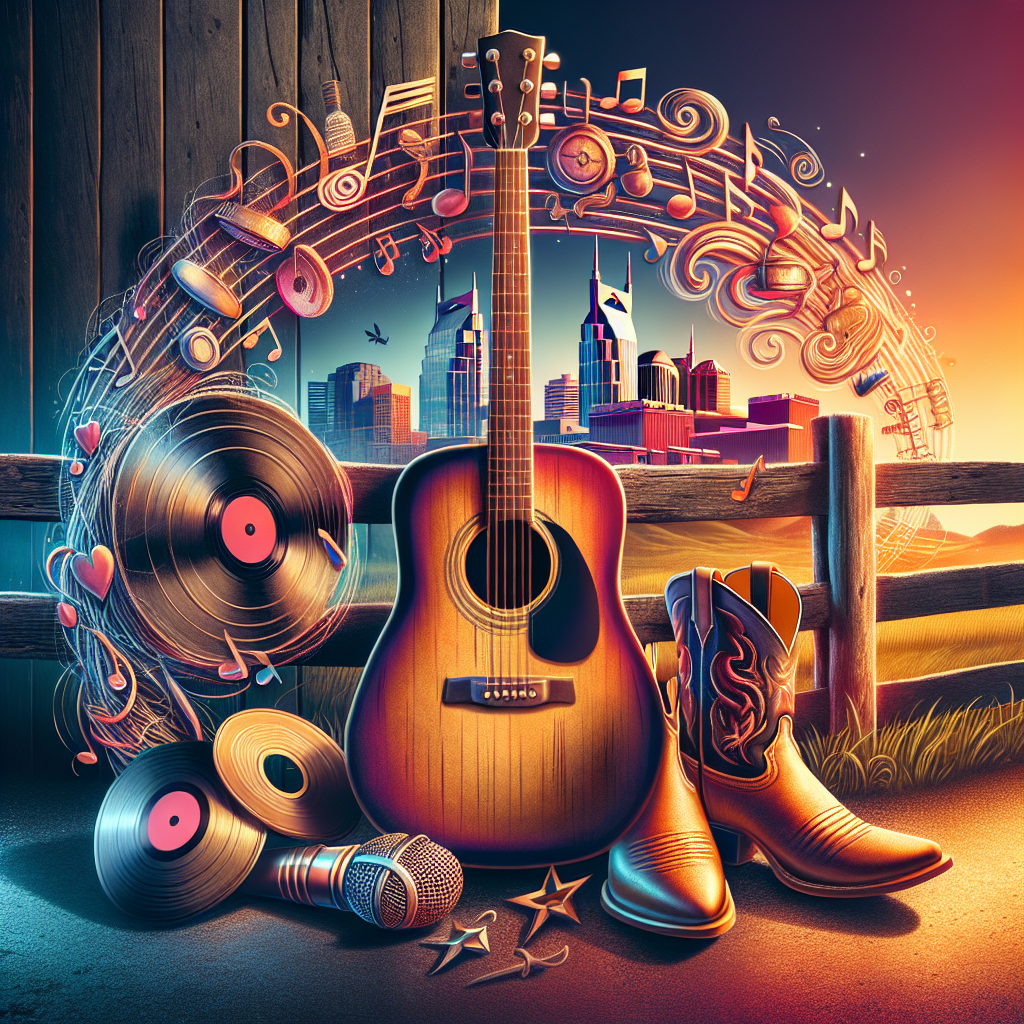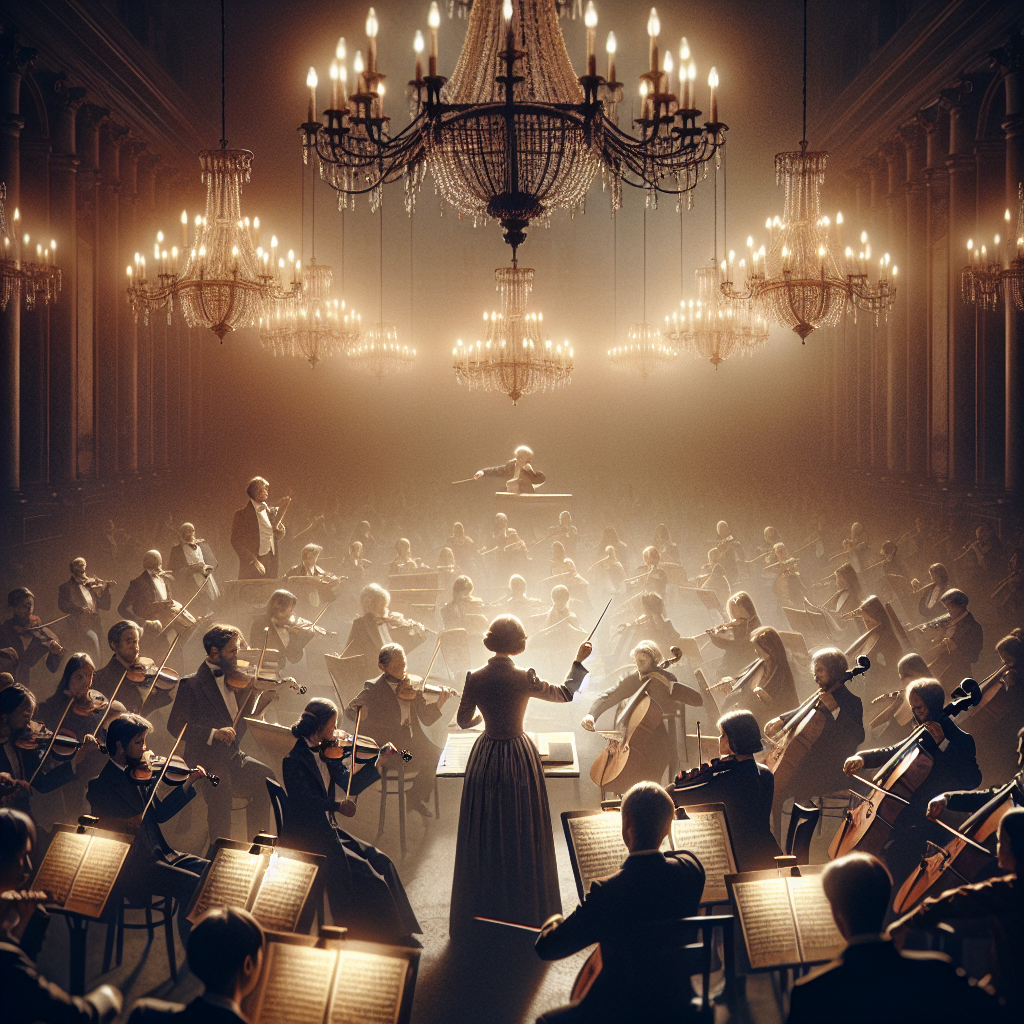Introduction
Country music, with its heartfelt lyrics and melodious tunes, holds a unique spot in the broad spectrum of musical genres. However, it is well worth noting that country music itself has seen a tremendous evolution since its initiation, and the music we hear today is quite distinct from its roots. This piece aims to delve into the exciting journey of country music, from where it all started, to what it has become today.
The Origins
Country music was born in the rural regions of the Southern United States in the 1920s. It has its roots in early folk music, cowboy songs, blues and gospel tunes that earlier immigrants brought from their homelands. During this time, country music was more regionally focused, often reflecting the realities of a rural life. The genre was influenced by the hardships these individuals faced in their daily lives, painting vivid pictures of love, loss, and the simple joys of living.
The Evolution
The Grand Ole Opry, a famous weekly music stage concert, started their broadcast in 1925 and played a significant role in shaping country music. It provided musicians a platform to reach a broader audience and play a considerable part in the genre’s evolution.
The 1940s and 50s witnessed an explosion of popularity for country music with the advent of “Honky Tonk,” a style made popular by artists like Hank Williams. The rise of “rockabilly” in the 1950s, inspired by rock ‘n roll and country music, led to even more recognition for the genre. Elvis Presley, Johnny Cash, and Patsy Cline are a few legendary artists from this era who played a significant role in further transforming and popularizing country music.
The 1970s and 80s introduced “Outlaw Country” and “Pop Country,” expanding the genre’s scope and diversity even further. Artists such as Willie Nelson and Dolly Parton emerged, marrying the heart of country with elements of rock and pop music.
By the 1990s, the rise of “bro-country” was observed, which leaned heavily on storytelling lyrics centered around romantic interests, pickup trucks, and partying. This trend has continued into the 21st century with artists like Blake Shelton and Luke Bryan.
Country Music Today
In the present day, country music encompasses a wide range of sub-genres, and its fans are more diverse than ever. Today’s country music is a tapestry of well-worn themes, vibrant new ideas, and a shared appreciation for the roots of the genre.
Conclusion
Country music has come a long way from its humble beginnings in the rural Southern United States. Its journey reflects the evolution of American culture and the universal expression of human emotions through art. With its ability to continually adapt and grow, country music ensures its place in the heart of American culture for generations to come.
Frequently Asked Questions
- 1. When did country music start?
- Country music started in the 1920s in the rural regions of the Southern United States.
- 2. Who are some essential artists in the evolution of country music?
- Some crucial artists include Hank Williams, Elvis Presley, Johnny Cash, Dolly Parton, Willie Nelson, and more recently, artists like Blake Shelton and Luke Bryan.
- 3. What are some of the sub-genres in country music?
- Sub-genres include Honky Tonk, Rockabilly, Outlaw Country, Pop Country, and Bro-Country.
- 4. How has country music changed over the years?
- Country music has evolved significantly, incorporating elements from different genres while keeping its unique storytelling tradition. It has moved from being regionally focused to having international appeal.
- 5. What are the themes prevalent in country music?
- Country music often depicts real-life experiences, emotions, and narratives. Themes include love, loss, hardship, joy, and the simplicities of rural life.




